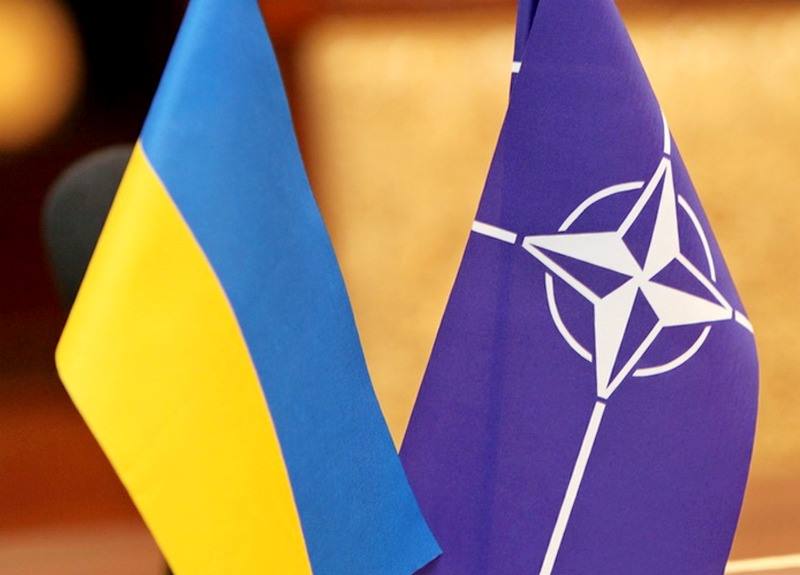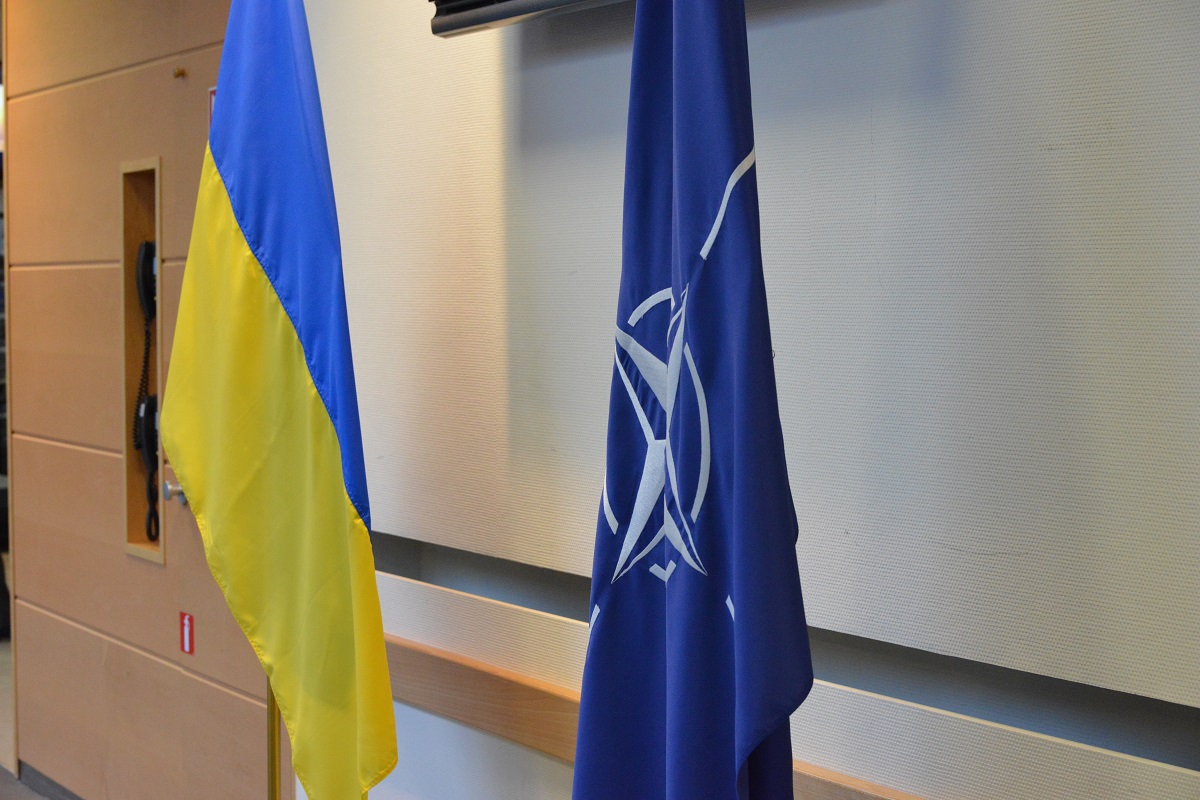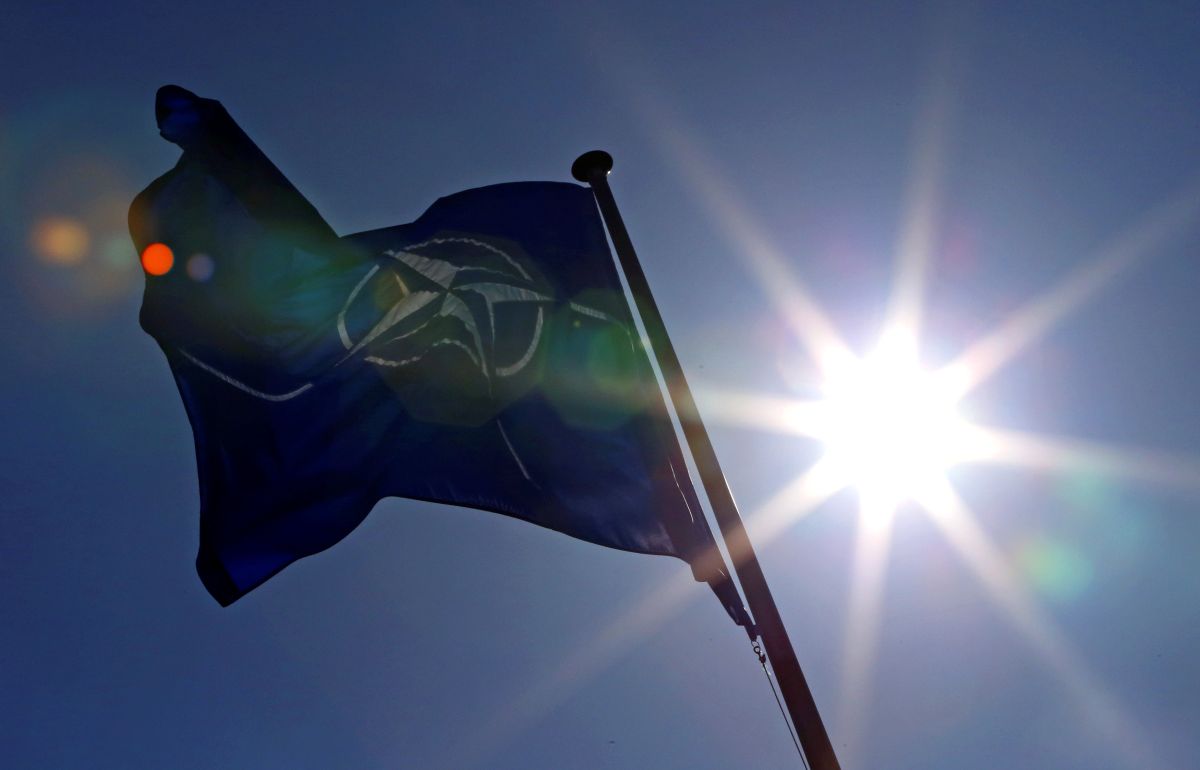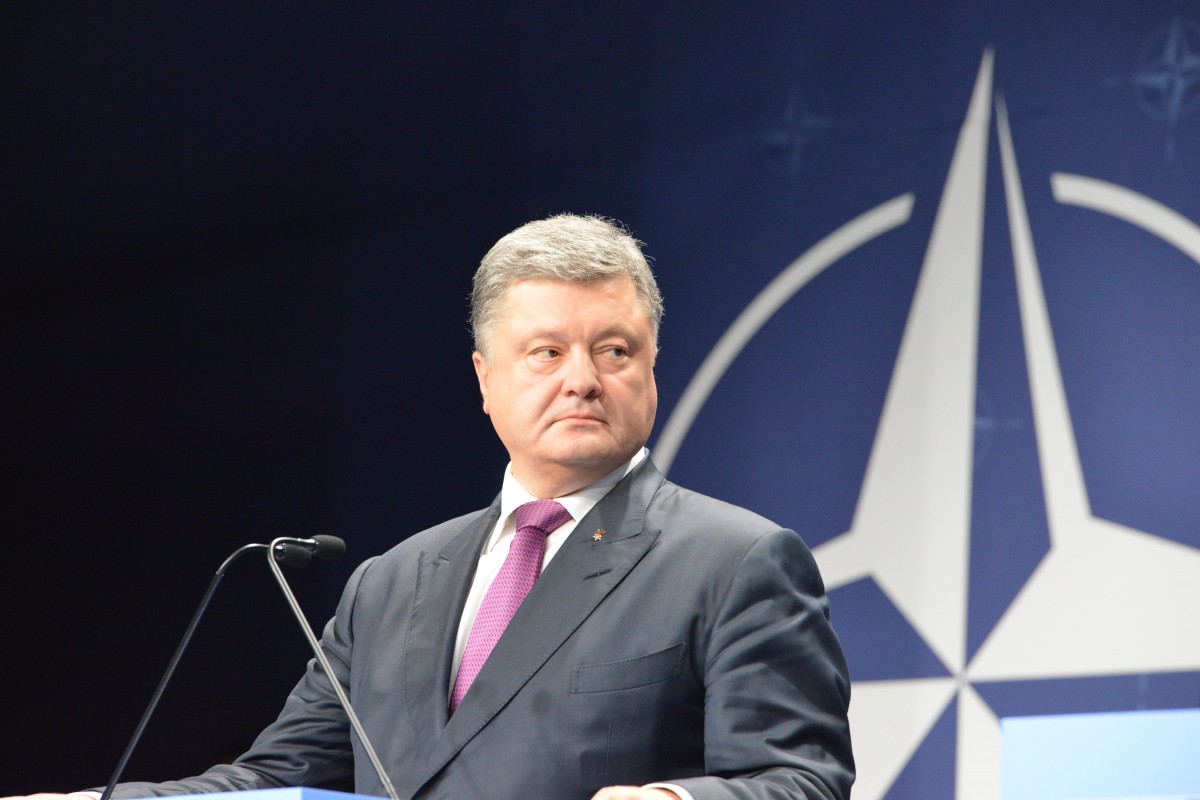
Ukraine's key to NATO
When Ukrainian officials talk about possibilities for the country to join NATO, they mostly face criticism toward such an initiative. And this criticism is not unfounded as Ukraine has long lost its Membership Action Plan (MAP). However, Kyiv does have a key to NATO. It’s just that this key should be applied properly.
It is easier and faster for the country with European and Euro-Atlantic aspirations to achieve NATO membership than become part of the European Union. On the other hand, any country that is already part of NATO has better prospects to become an EU member state (we’re not talking about Turkey here because this is a separate case). And although the MAP is not a mandatory condition for joining NATO, (if, say, Sweden or Finland applied tomorrow they would definitely achieve this status even without that MAP), this will not work for Ukraine or Georgia – both Kyiv and Tbilisi have to go through the MAP routine. However, achieving the MAP does not guarantee the country the desired membership in the Alliance.
As of today, there is no MAP for Ukraine, and there will not be one in foreseeable future. At the same time, we have the Annual National Programme of Ukraine-NATO cooperation (ANP). It is worth recalling that when an agreement was reached at NATO HQ on Dec 3, 2008, that Ukraine would develop its ANP, the then-foreign minister Volodymyr Ohryzko was assuring the public, not groundlessly, that Ukraine had received its MAP, and that it was just called differently – the ANP. At that time, the Ukrainian title for the program even included the term “Programme for Ukraine’s preparation to NATO membership” (the version for the Alliance has always been titled the ANP, and it still is).
In its structure, this Annual National Programme is the similar to the MAP as it consists of the same five chapters: economic and political issues, defense and military, resources, security, and legal issues. But the very format of the ANP is rather unique – one can lay down and plan anything required to bring the country to a compliance with the membership criteria. But…

“Deepen, improve, and strengthen”
Despite the fact that Ukraine underwent the first cycle of Programme’s Implementation as far back as in 2009, the ANP was never fully implemented. Moreover, for a long time, the approach to drafting the Programme (it’s Ukraine that develops it because it is a national document unlike the Ukraine-EU Association Agreement, which is a bilateral treaty) was nothing but a mere copy-pasting the previous year’s provisions. Unfortunately, throughout these years, the content of this huge document boiled down to a list of Ukrainian wishes to “deepen, improve, and strengthen” and the like.
Of course, each year, the Allies were diplomatic enough to note some progress in the Programme’s implementation and urged the Ukrainian authorities to make more effort. Sounds familiar, doesn’t it? However, when UNIAN requested that the NATO HQ elaborate on their assessment of the ANP for 2016, we were told that the details cannot be disclosed but the main idea was that there are comments to the Programme and that the Ukrainian authorities had been asked to take them into account when drafting the next ANP.
First steps toward modernization
It should also be noted that for a few years, discussions have been ongoing in Ukraine on the need to reform and modernize both the ANP itself and the very approach to its implementation. Some actual steps have been taken to this end, and the ANP for 2018 finally ceased to be a result of copying the previous one. This time, it was drafted based on the one adopted by once an aspirant state, which is now already a NATO Ally, Estonia.
Ukraine’s Deputy Prime Minister for European Integration, Ivanna Klympush-Tsintsadze says the process of drafting the ANP has evolutionized as well as the understanding by Ukraine’s state bodies of the rules for its use.
“Programmes drafted before the 2017 document consisted of a list of measures to be taken by Ukrainian state agencies with their NATO partners. The assessment of whether we succeeded in implementing the ANP – implied a quantity approach. I am deeply convinced that this is totally wrong. We cannot compare, say, Ukraine’s participation in military exercises, for example, with holding a training session for 20 people – these things are incomparable in terms of numbers. We must ultimately apply quality assessment of this Programme’s targets,” the deputy prime minister believes.
She says that as early as 2016, “together with the Ministry of Foreign Affairs, we started to implement the idea, which was born long ago, on making an approach to drafting the ANP similar to that in countries which later saw their Membership Action Plan”. “In particular, we’re talking about the example of Estonia’s ANPs, which allowed us understanding the formula used when drafting such programs,” the deputy prime minister says.
This is why the development of the ANP for 2017, as in previous years, was done in coordination with NATO partners but the document was better and “clearer” than the previous ones. However, it was still far from perfect.
As for the ANP for 2018, its final approval is expected shortly. Although, it sometimes happened that the annual programme could be approved at the beginning of the second quarter or even at the middle of the year. For a long time, this issue was among those criticized by NATO.

Enhanced change requires enhanced approaches
It should be noted that the ANP is a document also covering areas beyond the defense and military sectors. The ANO is an enhanced reform program in various fields. Its development and implementation depend not only on the Defense Ministry, which many believe is the major and only body implementing the programme. In fact, other ministries and agencies must engage in the process, such as the Ministry of Internal Affairs, the SBU Security Service, the Ministry of Regional Development, and so on – almost every ministry operating in Ukraine.
It is here where Klympush-Tsintsadze says it is necessary to change approaches. “Not everyone understands that ministries other than the ministry of defense bear their own share of responsibility in the ANP framework,” she says.
Klympush-Tsintsadze says that over the past 18 months, the Cabinet’s Secretariat managed to renew coordination of cooperation with NATO as the work of the relevant Commission was restored. “As for other ministries, we apply NATO’s professional development program – we drew a list of people from each ministry who in one way or another, within their competence and authority, have to deal with NATO cooperation. They undergo a special training course – in various ministries, we already have some 70 specialists with sufficient knowledge and deep understanding of how NATO works, what are the opportunities, our tasks, and standards in various fields. They are also involved in drafting programmes. Besides, we went further and also invited to this module training assistants to people’s deputies,specialists from secretariats of relevant committees of the Verkhovna Rada because we realize that it is important to not only have experts in the executive branch, it is also significant to institutionalize capacities of committees to analyze various program documents, be involved in their drafting, share their understanding and brief people’s deputies on the documents we adopt,” the deputy prime minister explains.

ANP program quality not similar to quality of its implementation
However, if there are only three people working on NATO issues in the whole Ministry of Foreign Affairs, the body responsible for coordination with other ministries and dealing with summarizing proposals to the ANP, it is hard to claim that the Euro-Atlantic integration is really a priority for Ukraine. For example, the office of the deputy prime minister is a bit larger in terms of personnel but it is still not enough to ensure that the state works in this direction as a perfect mechanism.
Therefore, it the quality of the very Programme is now better, as Klympush-Tsintsadze says, the quality of its implementation could be much better. To change this, the authorities must understand that the ANP implementation just on paper will not work out and that this is not a formality. The deputy prime minister believes that the quality change of implementation requires quality change of approach at the level of not only the immediate civil servants but also of political heads of agencies, as well as understanding by each minister of their share of responsibility within the ANP implementation framework.
“This process is yet to see sufficient dynamics. The Ministry of Defense is a leader in ANP implementation in terms of the number of tasks and their fulfillment. But we should work to ensure that everyone realizes that the ANP is not solely about reforming the defense sector, it also includes much broader tasks, including for the Ministry of Interior, the Security Service of Ukraine, or the Ministry of Regional Development. The ANP is about the reform agenda, which is consistent with our own reform agenda that we laid down in the Cabinet’s priority action plan, reflected in the action plan on the implementation of the [Ukraine-EU] Association Agreement. These processes must be complementary and synchronized, not parallel and separate ones,” she believes.
Had Ukraine been systemically achieving concrete results in ANP implementation year after year, Kyiv would not have had to put the MAP issue on the agenda. NATO membership can be approached at a slower pace, step by step, as the main principles here are “concrete results” and “timely and systemic action”. Then no one will be able to deny that Ukraine is approaching the required standards and can become a club member, that is, be the same as those other 29 member states.
In other words, NATO membership is quite achievable for Kyiv. And, if compared to a hypothetical EU membership, this one could be achievable in the near future. Moreover, it’s Ukraine’s NATO membership that may become for the EU that ultimate evidence that Ukraine is able to change.
Iryna Somer
Translated by Yevgeny Matyushenko

